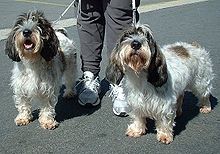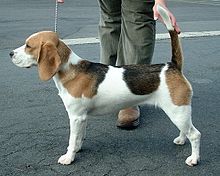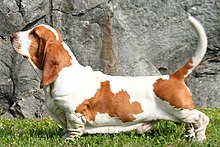
The Basset Hound, easily recognizable by its droopy eyes, long ears, and melancholic expression, boasts a lineage rooted in France. Originally bred for hunting small game by scent, this short-legged member of the hound family showcases a keen nose, second only to the Bloodhound. With a coat that’s smooth and dense, presenting in a variety of colors, the Basset Hound’s lumbering demeanor disguises an innate intelligence and stubborn tenacity. Beyond the hunt, they’re renowned for their gentle nature, making them a beloved family pet and an iconic figure in pop culture.
The Basset Hound is a member of the AKC Hound Group.
Breed Characteristics
| Dog Breed | Basset Hound |
| Breed Popularity (AKC) | 36 |
| Country of Origin | France |
| Personality | Affectionate, patient, gentle, good-natured |
| Life Expectancy | 12-13 yrs |
| Height | 15-15 in |
| Weight | 40-65 lbs |
| Color | Black, Tan |
| Coat | Smooth, short and close |
| Shedding | Occasional |
| Grooming | 2-3 Times a Week Brushing |
| Health Problems | Dental problems, ear infections, obesity |
| Trainability | Independent |
| Exercise Needs | Couch Potato |
Basset Hound History
The Basset Hound, known for its droopy eyes and long ears, originates from France. The name ‘Basset’ is derived from the French word ‘bas,’ meaning ‘low.’ Bred for hunting small game by scent, they have an excellent nose, second only to the Bloodhound. Their lineage likely includes old French breeds, and they gained popularity in the 19th century, especially after being promoted by French royalty.
Temperament
Basset Hounds, with their droopy eyes and long ears, are calm and friendly dogs. Their behavior leans towards being laid-back, though they have a keen sense of smell, which can sometimes lead them astray. They are intelligent, but their independent nature can pose challenges during training. They are generally good with children and other pets. Barking tendencies can be moderate, especially when they pick up an interesting scent. Their low energy level means they enjoy relaxation as much as play.
Remember, while breed traits provide a general idea, individual dogs can have personalities that differ from the breed standard. Always spend time getting to know the dog and ensure their needs and temperament align with your lifestyle.
Grooming Requirements
Basset Hounds have a short, dense coat that’s easy to groom but can have a distinct odor. Regular brushing and occasional baths using dog shampoo can help manage the smell. Due to their droopy ears, regular ear cleaning is crucial. As always, nail trimming should be part of the grooming routine.
Basset Hound Health
Basset Hounds, living about 10-12 years, are prone to ear infections due to their floppy ear structure. They can also face issues like hip dysplasia, elbow dysplasia, and obesity due to their build. Regular ear cleaning, vaccinations, and a balanced diet are key.
Exercise Needs
Basset Hounds, with their laid-back demeanor, require moderate exercise. Regular strolls and short play sessions cater to their needs. While they may enjoy sniffing around in a dog park, their exercise should be monitored to prevent overexertion. Fetch games tailored to their pace can be a fun bonding activity.
Training
Basset Hounds, known for their droopy eyes and laid-back demeanor, require patient obedience training. Consistent commands aid in efficient potty training, and crate training offers a quiet space. Their stubborn streak means behavior problems might emerge, necessitating early intervention. Regular socialization ensures they’re friendly and don’t become too aloof.
Basset Hound Pictures
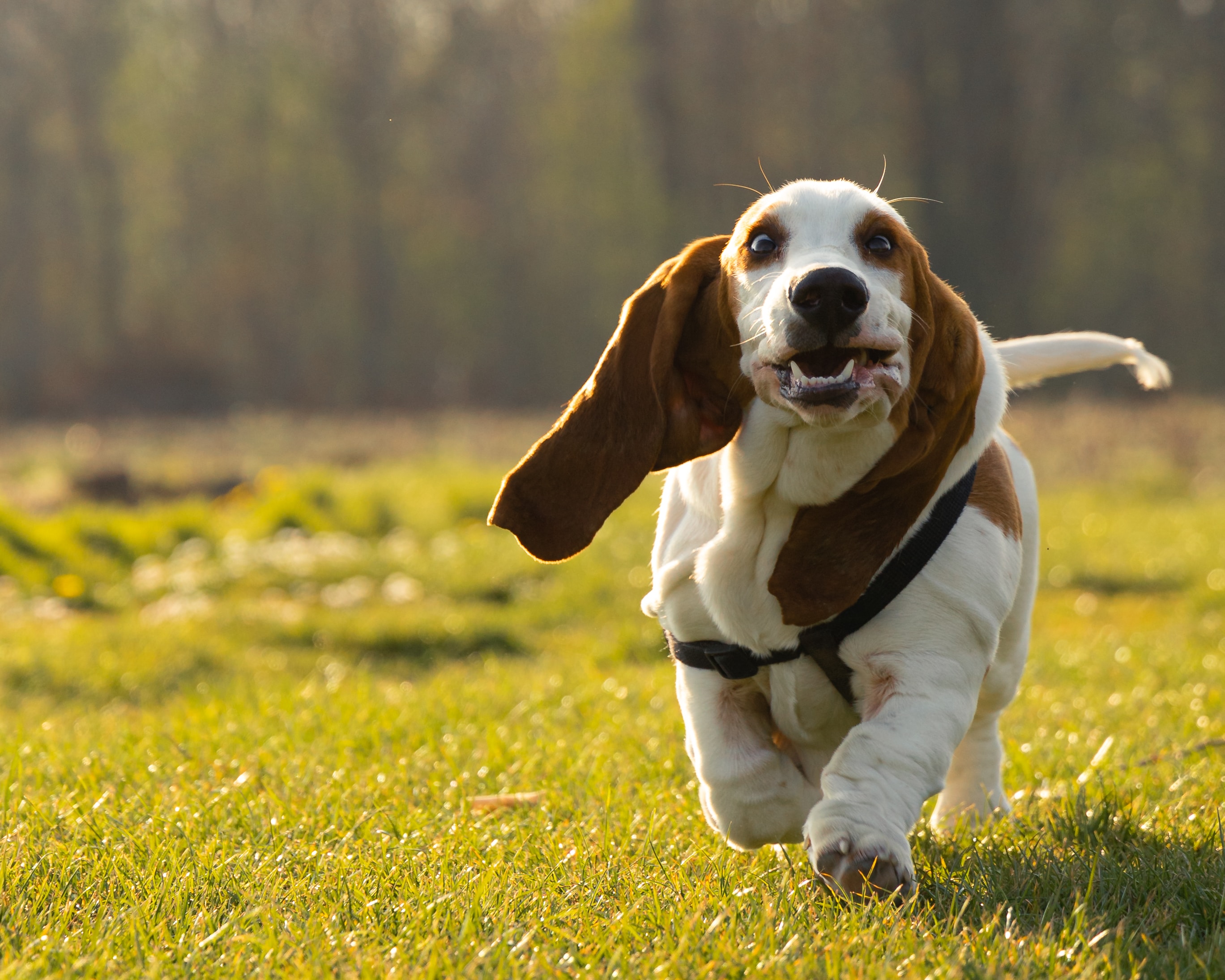
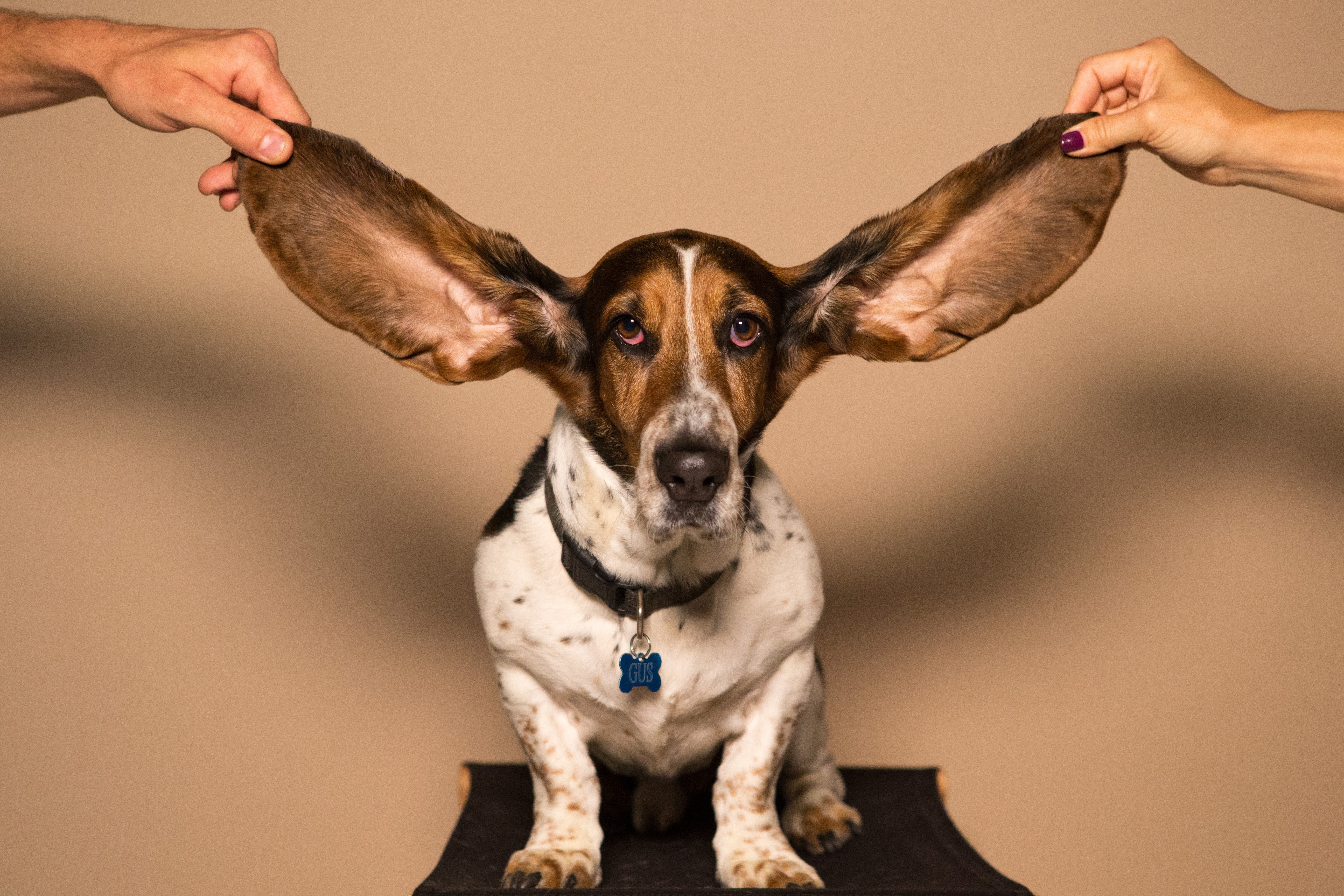

Related Dog Breeds
More Dog Resources
Are you thinking about getting a puppy? Make sure to check out our list of important questions to ask before you adopt a puppy.
We also have many resources to help, from naming your puppy to socialization resources and training tips.
Take me back to the Ultimate Guide to Dog Breeds

